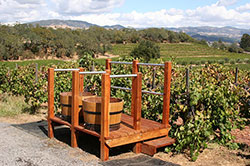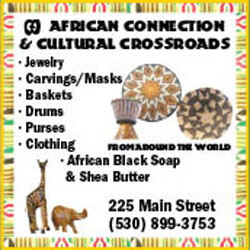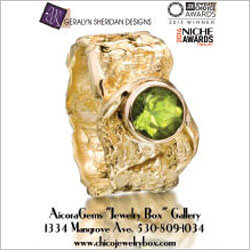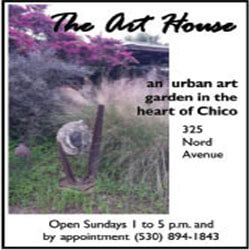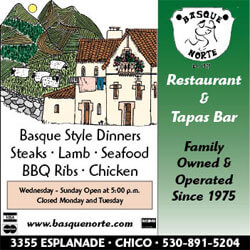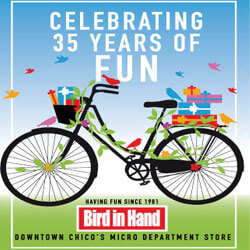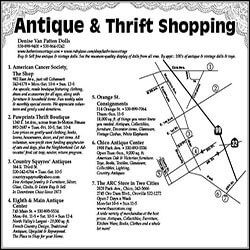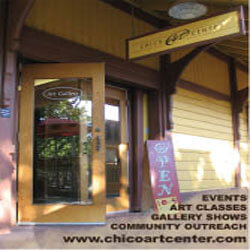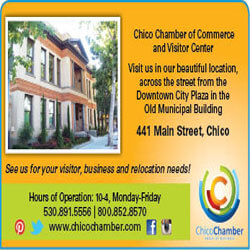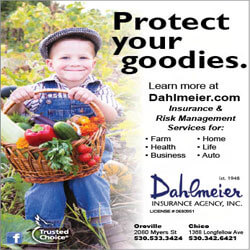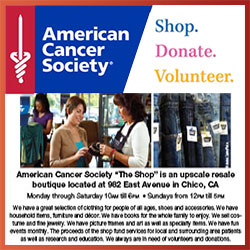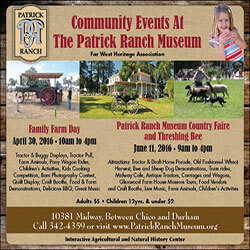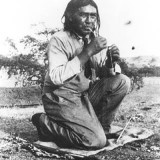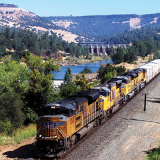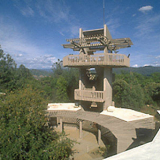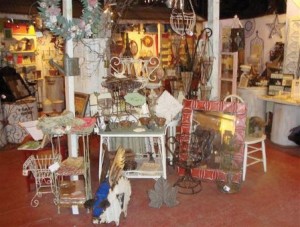
In 1904, some Chico residents deeded land to the USDA Agricultural Research Service. That was the beginning of the Plant Introduction Center where plants from all over the world were tried to see if they would grow here.
Two of the more well-known are the pistachio, which was introduced around 1917, and the kiwi, which was introduced in 1934. The “mother” and “father” kiwi are still here at the center and are the oldest producing kiwi in the nation.
The information gleaned from this center covers everything from producing anti-cancer drugs to improving watersheds, to producing seeds used in reforestation after fires, pest outbreaks, and logging activities.

The center has a Nature Trail with picnic tables and benches located throughout, and you can pick up a self-guiding brochure, which will inform you of over 70 species you’ll see along the trail. Spring is a popular time to visit this official California Watchable Wildlife site, not only for the beautiful spring blossoms, but also to view migrating birds. I think Autumn is my favorite, though—it’s hard to top their brilliant trees in all their Fall glory.
But it’s June and the first half of July that you should visit the American Hemerocallis (Daylily) Society National Display Garden at Covered Bridge Gardens. It has been a display garden since 1986. The colors and sizes of the daylily blossoms are breathtaking, and they have nearly a thousand varieties.
Another breathtaking sight is on view in November and December at the Plant Barn when 12,000 poinsettias put on their show. Wow!
USDA, Genetic Resource Center
2741 Cramer Lane
530-895-1176
Covered Bridge Gardens, National Daylily Display
1821 Honey Run Rd.
The Plant Barn
406 Entler Ave.
530-345-3121
Visit Them



